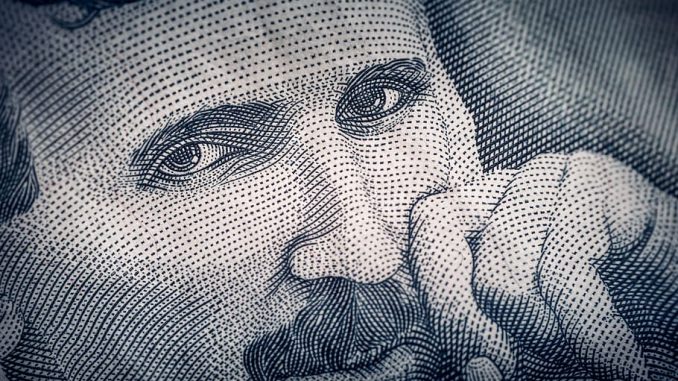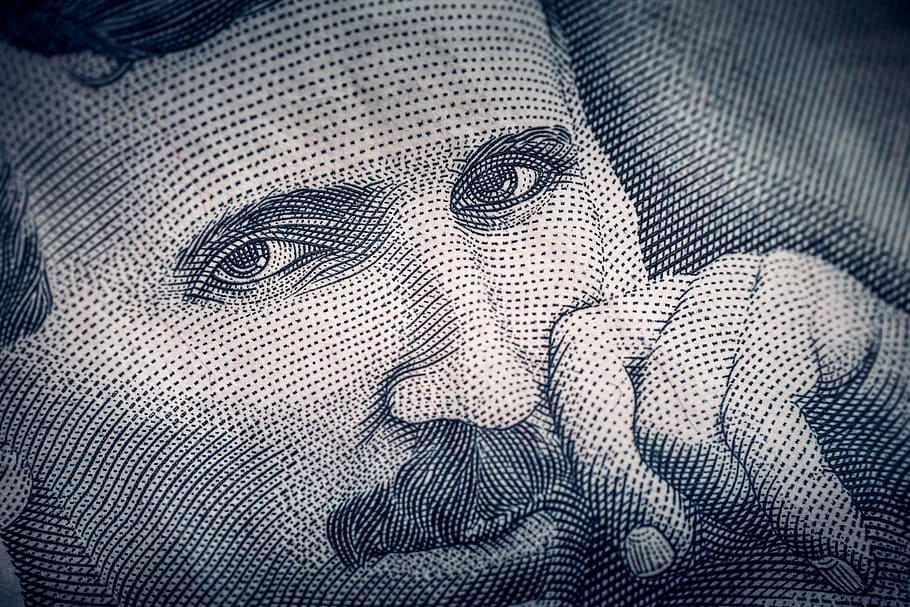Nikola Tesla, often hailed as one of the most brilliant inventors of all time, has left an indelible mark on the world of electrical engineering. Known for his revolutionary contributions to the development of the modern alternating current (AC) electrical supply system and numerous other innovations, Tesla’s genius didn’t arise from thin air. Behind his prodigious inventive process lay a set of study habits that any aspiring innovator or researcher can learn from.

1. Relentless Curiosity
From a young age, Tesla exhibited an insatiable hunger for knowledge. Unlike the traditional methods of rote memorization prevalent in many educational systems, Tesla was more interested in understanding the why and how behind phenomena.
- Self-Education: While being a formally trained electrical engineer, Tesla believed in the power of self-education. He consumed books from various genres and fields, reinforcing the belief that multidisciplinary learning can lead to great innovations.
2. Visualization Skills
Nikola Tesla’s inventive process was deeply rooted in his power of visualization. He could ‘see’ his inventions in his mind, often to the minutest detail, before even putting pen to paper.
- Mental Prototypes: Instead of relying solely on drawings or physical models, Tesla would build and test his inventions in his mind. Such a process allowed him to identify potential flaws and iterate designs before physical execution.
3. Structured Routine
Like many great minds, Tesla thrived on routine. He believed that a structured day freed up mental energy, allowing him to focus on his research.
- Daily Walks: Tesla often took solitary walks, which he believed helped stimulate his thinking and clear his mind.
- Diet and Sleep: Contrary to the popular belief that geniuses work around the clock, Tesla understood the importance of rest and nutrition. He was selective about what he ate and ensured he got adequate sleep, proving that taking care of one’s health is integral to the creative process.
4. Learning from Failures
Tesla faced numerous challenges and failures during his career. Instead of letting them deter him, he used them as stepping stones.
- Analytical Approach: Whenever an experiment failed, Tesla approached it analytically. What went wrong? Why did it happen? By answering these questions, he continually refined his inventions, making them better with each iteration.
5. Networking with Like-minded Individuals
While Tesla was known to be reclusive at times, he understood the importance of surrounding himself with people who shared his passion.
- Collaborations: Tesla often collaborated with other inventors and engineers. This not only expanded his knowledge but also provided different perspectives on complex problems.
Conclusion
The life of Nikola Tesla stands as a testament to what one can achieve with the right mindset and habits. For aspiring inventors, researchers, or anyone aiming for excellence in their field, studying the habits of greats like Tesla can offer invaluable insights. As we dive deep into the world of electrical engineering and technology, remembering and emulating the disciplined, analytical, and yet beautifully creative approach of Nikola Tesla can guide us towards path-breaking innovations.
Interested in more articles about great inventors and their habits? Check out this link for more inspiration!
References






